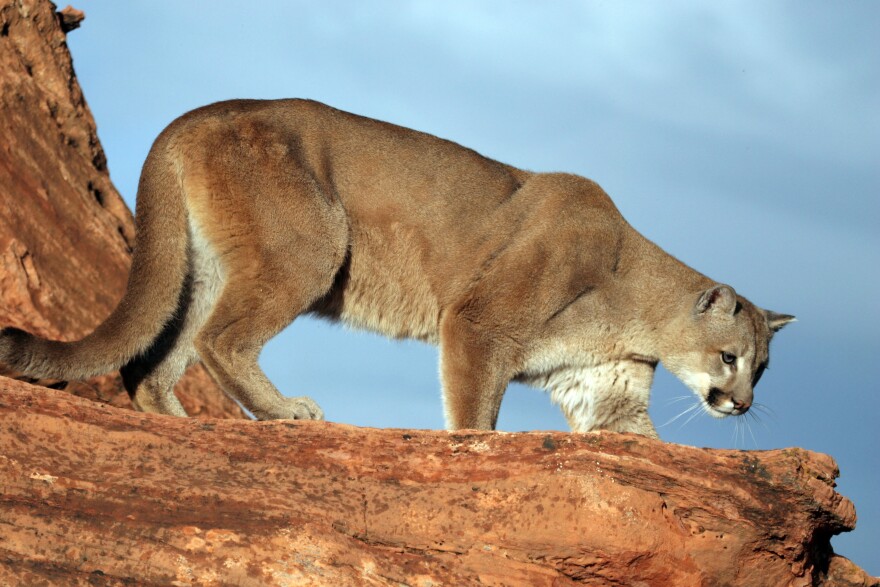The state wildlife board put finishing touches Thursday on a plan to manage cougar hunting.
A team that includes ranchers, biologists, hunters and wildlife advocates had been working on the plan for a year. Their new formula will help wildlife officials in deciding how many cougar-hunting permits to offer in each of 29 management areas. The plan tries to balance cougar populations with protecting people, businesses, other wildlife and the hunting tradition. But critics like the Humane Society of America urged the board to scrap the plan.
“The Division of Wildlife Resources cougar management plan is based on the false belief that killing more cougars will grow mule deer and bighorn sheep herds,” said Sundays Hunt, the Humane Society’s state representative. “The best available science shows that this is absolutely not true.”
She said studies also show cougar communities fall apart when hunters kill mature adults. Each side stood by its own science and disputed the others’. But supporters praised the plan for balance: controlling predators while also protecting cougars from being overhunted. Northern Utah rancher Bret Selman testified in favor of the management plan. He said hunting helps protect his livestock from being used as instruction toys by cougar mothers.
“Just last month we had a cougar take 15 lambs in a single night,” said Selman, who represented the Utah Woolgrowers Association on the cougar management advisory committee. “So, 15 times 200 is $3,000 in a single night. You know, that’s a pretty huge loss.”
The board unanimously approved guidelines that can be adjusted as needed over the next decade. The panel also set new targets for the upcoming cougar-hunting season that are about the same as last year. That means the state Division of Wildlife Resources will issue around 330 cougar-hunting permits





